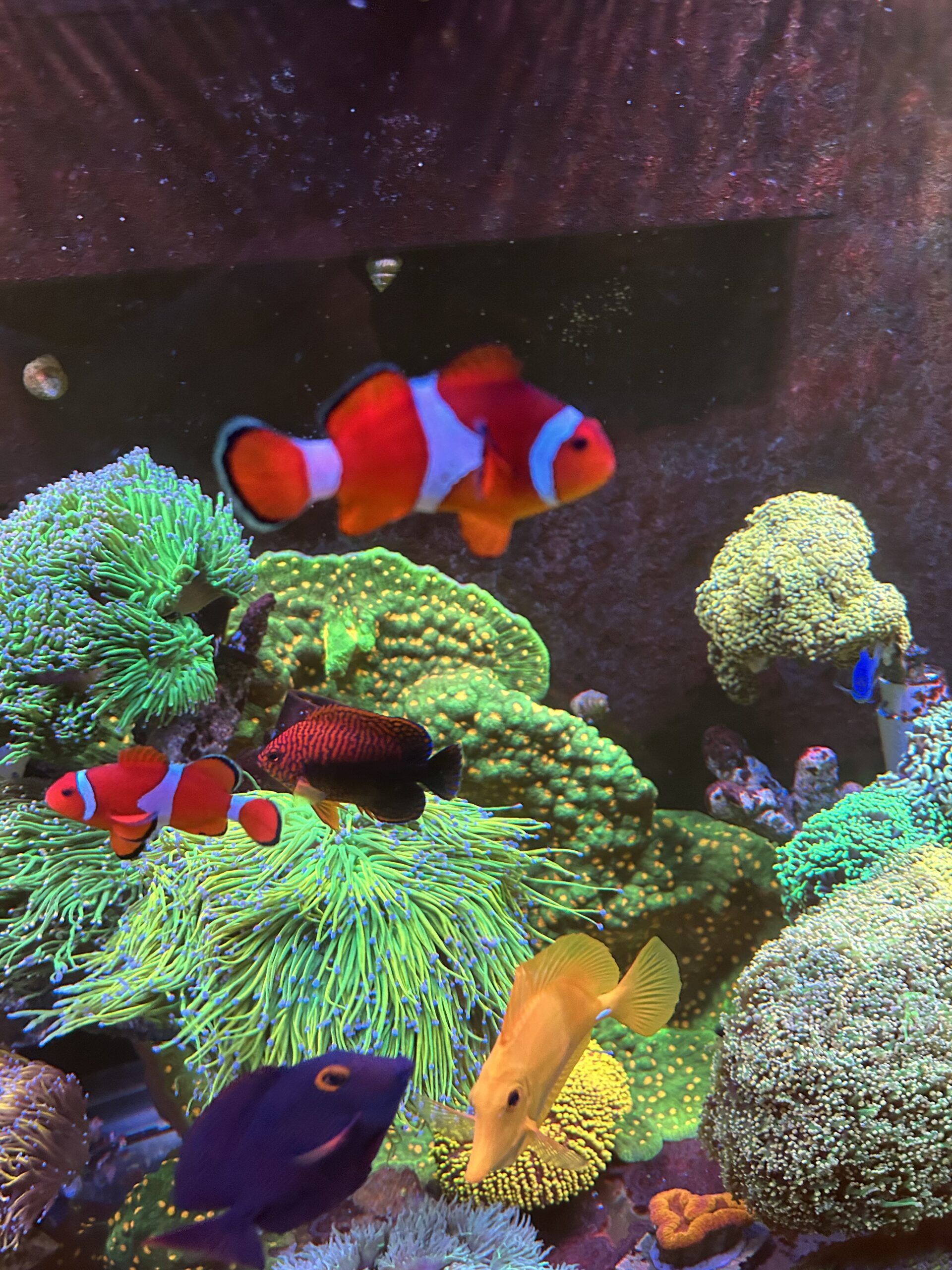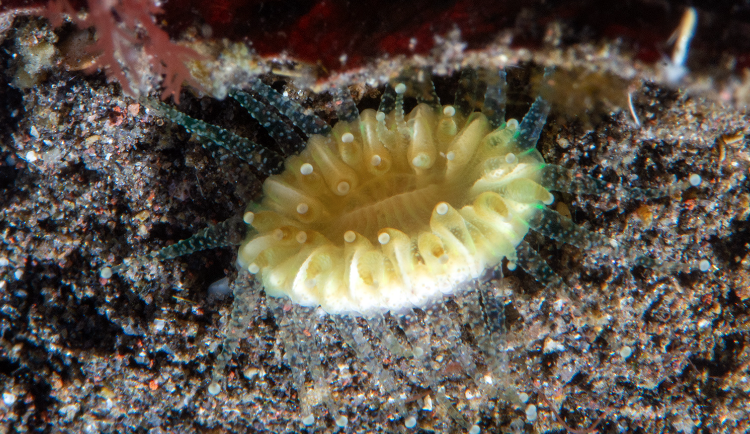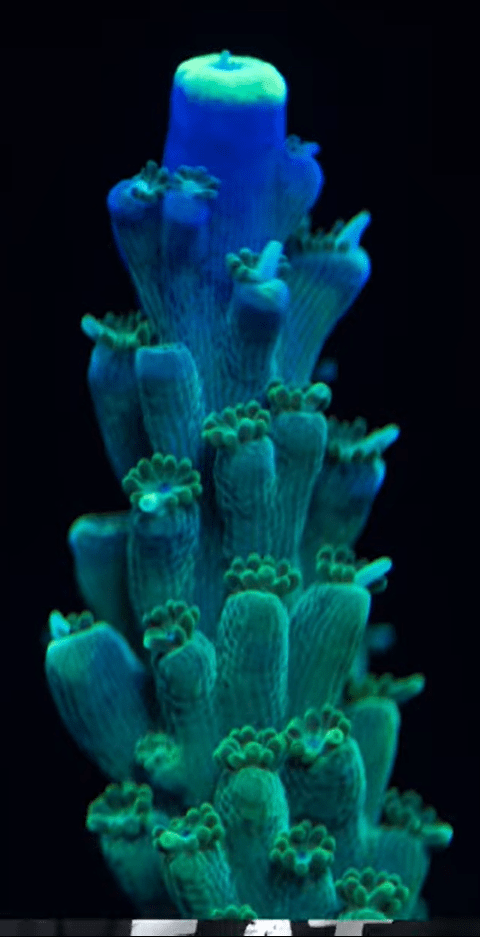How do you write the ending for a story that isn’t finished? For the past 52 weeks, I have been writing articles designed to help newcomers to the hobby. The idea for this was not my own, but rather that of my late friend James Lawrence of Coral Magazine and Reef to Rainforest Publishing, for whom I will be forever grateful. He suggested that I do a series like this since I had written my first book for beginners now some twenty years ago and obviously much has changed since it was written.
Before I started this series, I went back and looked at that book and realized how simple things were, how much everyone worked together as well as how much we didn’t know. In writing these articles I tried to continue to keep things as simple as possible while at the same time supplying all the information I could on a topic with the intent of showing that this hobby is still one where the sharing of information is critical. As far as I know, no one has a magic elixir that makes them successful nor is it to anyone’s benefit to keep a finding of something that works for themselves.
Unfortunately, I also learned that many of the things that I take for granted as being the proper way to do things are now somewhat controversial. These controversies now include whether using wet live rock versus dead live rock is better, or if LED lighting or metal halides are really the best way to light a tank, and even if all new corals should be dipped before they are added to a tank.
After looking at all of these debates and differences of opinion when preparing these articles, I tried to provide a neutral perspective on most topics. While I believe that some methods of doing things or some products are better than others, I try to keep in mind that someone is successful in doing things differently than I am. That is, everyone needs to understand that there is no “perfect” way to set up a reef tank. If there were everyone would be using the exact same method and equipment and everyone would be incredibly successful with no setbacks or problems.
However, the reality is that even if you gave ten different people the same equipment, corals, and fish you would still end up with ten completely different-looking tanks with each being unique. Actually, you could even end up with even more in that in my own experience when I have had to break down a tank for whatever reason and set it up again using the same equipment, live rock, corals, and fish when it was done it always looked significantly different than when it was originally set up.
That is the nature of the hobby. This is also why on numerous occasions in these articles I suggested that anyone just starting out should find a mentor to follow and to help make things easier and just as importantly stick with what that individual told them and not constantly switch around. This is one of the more difficult things for new hobbyists to understand and adhere to.
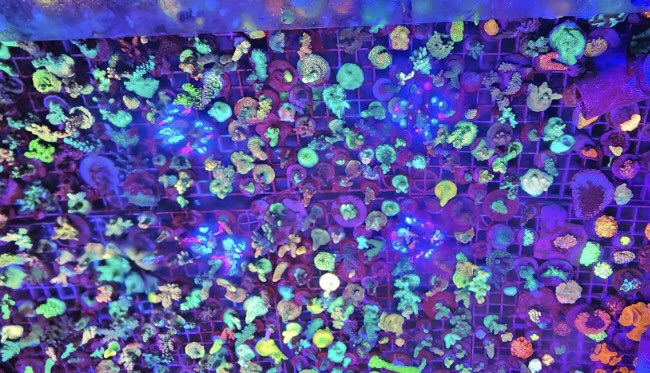
One of the best things that occurred while I was writing these articles is that while researching them I really learned a lot. This learning was an eye-opener, in that not only did I learn more about the science of reefkeeping, but I also learned that even after doing this for almost forty years I was still doing some things wrong. This was difficult to accept considering how much I hate to be wrong. While we all know Einstein’s definition of insanity, for many of us, once we do something one way and have some initial success, even if it ends up leading to complete failures down the road we will stick with it.
It is difficult for many of us to switch to new techniques or methodologies when something has worked in the past. As noted above, almost everything about the hobby has changed over the last twenty years and realistically much will also change over the next twenty years as well. As hobbyists, we need to accept this change but not to the degree that we are constantly making big changes in our tanks. This is now a hobby of incrementalism, where small changes are good, but large changes are not. As a beginner, one of the first things that needs to be grasped is that all tanks do best when conditions are stable. Constantly switching or changing things in a tank, even the constant repositioning of corals needs to be avoided.
Understanding this is crucial for everyone not just starting out, but even for OG reefers. In addition to this another aspect of the hobby and actually life in general is that nothing good happens when we rush. I really cannot think of one good thing that ever occurred in any of my tanks when I rushed things, but I can recall countless bad things that happened when I tried to speed things up or I did things in a hurry. In this hobby and especially when starting out, when everything isn’t perfect, we tend to try and make it perfect as quickly as possible. This is not a good idea.
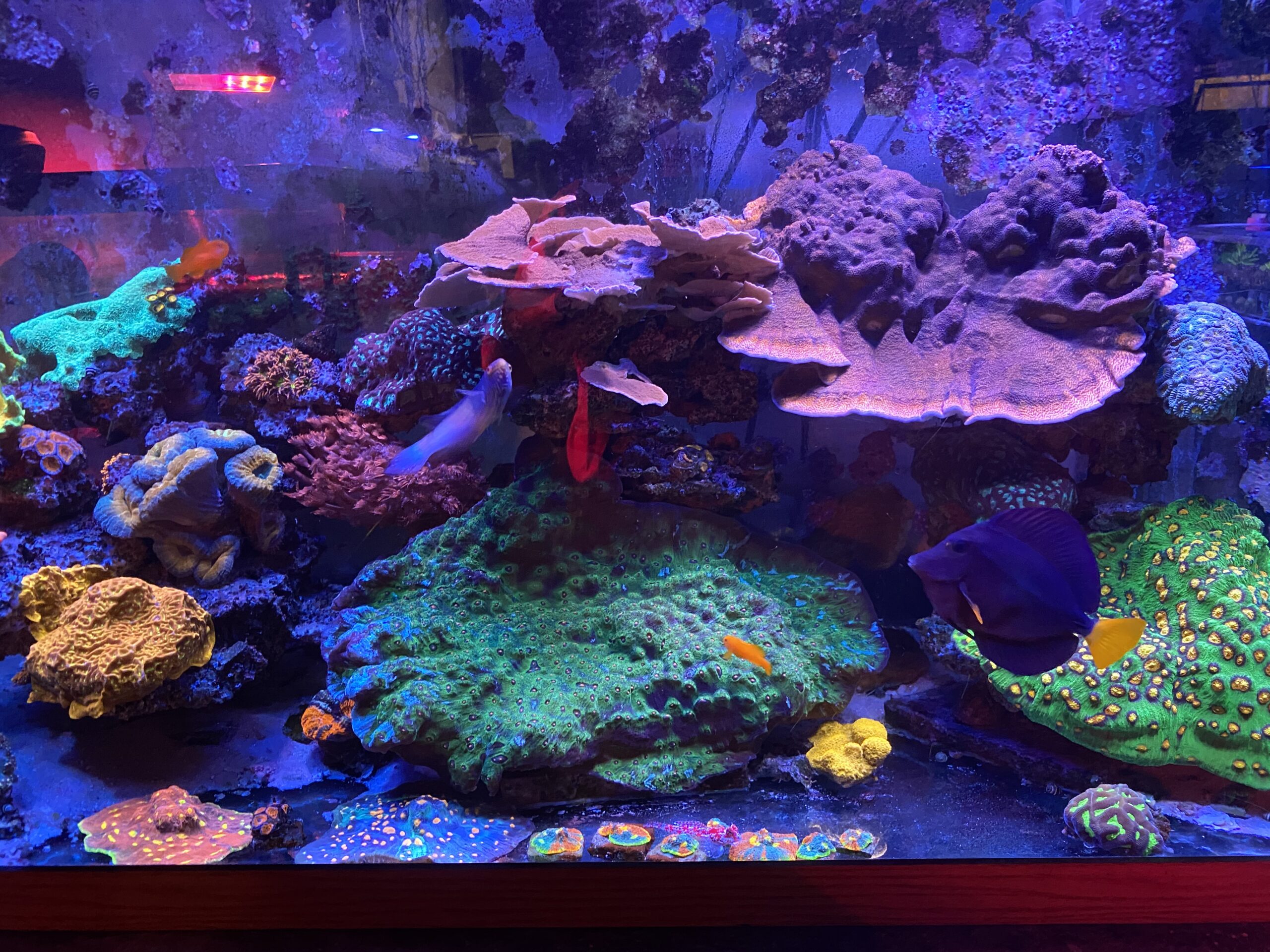
Most of the time things did not become imperfect overnight, but did so gradually over time. During this time the corals and fish acclimated to these gradual changes and while not perfect usually most of the time this did not kill them. However, if things are brought back quickly to our imagined level of perfection this will stress these organisms, and if this stress is too great it can either kill them or stress them to the point where their immune systems are weakened and they are more susceptible to disease. That is why slow and steady needs to be stressed in this hobby. This can be in water chemistry, temperature, lighting, etc. Nothing except a coral falling into another coral or a spill needs to be done in haste.
While keeping things as stable as possible is one of the key tenets of long-term success in this hobby, another is to keep things simple. Despite all of the advancements and improvements that have occurred in the hobby, it has been my experience that the simpler something is, the more likely it is to help with long-term success. Simplicity refers to many different aspects of the hobby. The plumbing should be simple. Runs should be as straight as possible, and unions and valves should be employed so that everything is easily adjusted or can be removed and cleaned easily.
All equipment like filters, pumps or powerheads should be easy to get to so that they are easy to clean and maintain. A general rule for everyone and not just beginners is the simpler something is to do the more likely it is to get done. Case in point in my old 300-gallon tank the skimmer was in the sump underneath the tank but was placed in such a way that it took 45 minutes and the dexterity of a 14-year-old gymnast to take out the scum cup to remove the skimmate and clean it. As a result, it was at best thoroughly cleaned once a month. In my current system, the scum cups can be removed and cleaned in less than 5 minutes. Due to this they are now totally cleaned at least twice a week. This more frequent cleaning has resulted in the skimmers being more efficient and more waste being removed.
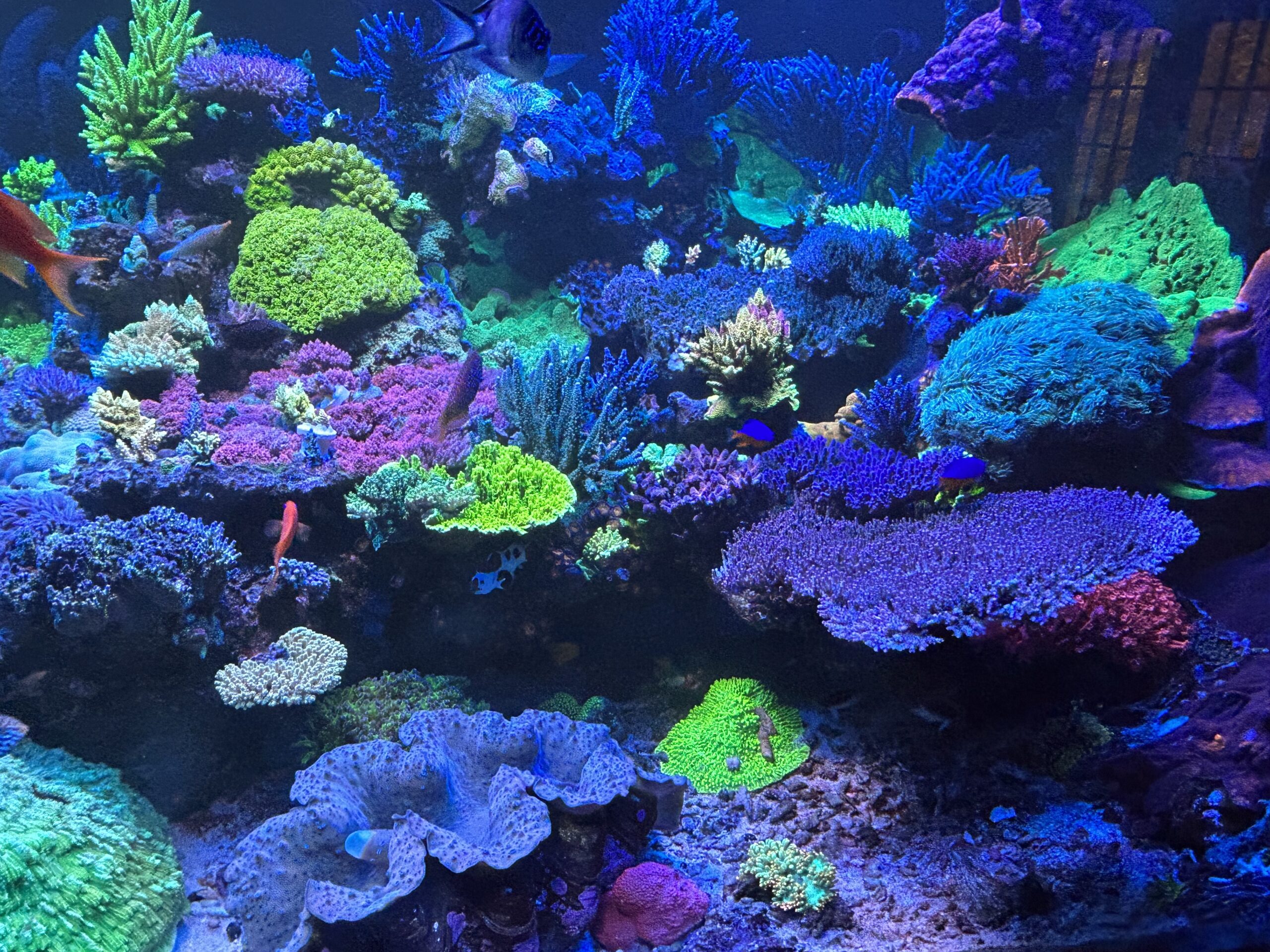
Keeping things simple also allows for all equipment to be removed for maintenance easily. Equipment does not last forever, and a lot of it is expensive. In order to save money it needs to be maintained properly and this means cleaned regularly. Doing regular maintenance on all equipment helps significantly in reducing the cost of being in this hobby as in general it reduces how often things need to be replaced. For this reason, make it easy to remove and maintain all equipment. If it is difficult to do so it is more likely that it won’t get done and in the long run, this will cost more than it would if it had simply been maintained.
As mentioned in many of these articles, patience is critical for long-term success in this hobby, not just for beginners, but for everyone. Whether it is buying a newly seen beautiful fish or a coral before knowing anything about its needs or adding a new additive because someone swears it turned their tank around overnight, impulse buying of anything should not be done. While it may not be a problem every time, over time it will eventually lead to a fish or coral dying or being a problem.
The tiny angelfish or tang that barely ate in the local fish shop gets bigger and has a hunger for LPS corals or a small encrusting coral that was just a nub on a plug takes off and starts to overgrow its neighbors. I’ve experienced these problems and many more and they were all the result of my impulse buying and not doing my homework prior to purchasing something. So if these articles did not provide anything else understand how important it is to have a plan, be patient, and do not rush things.
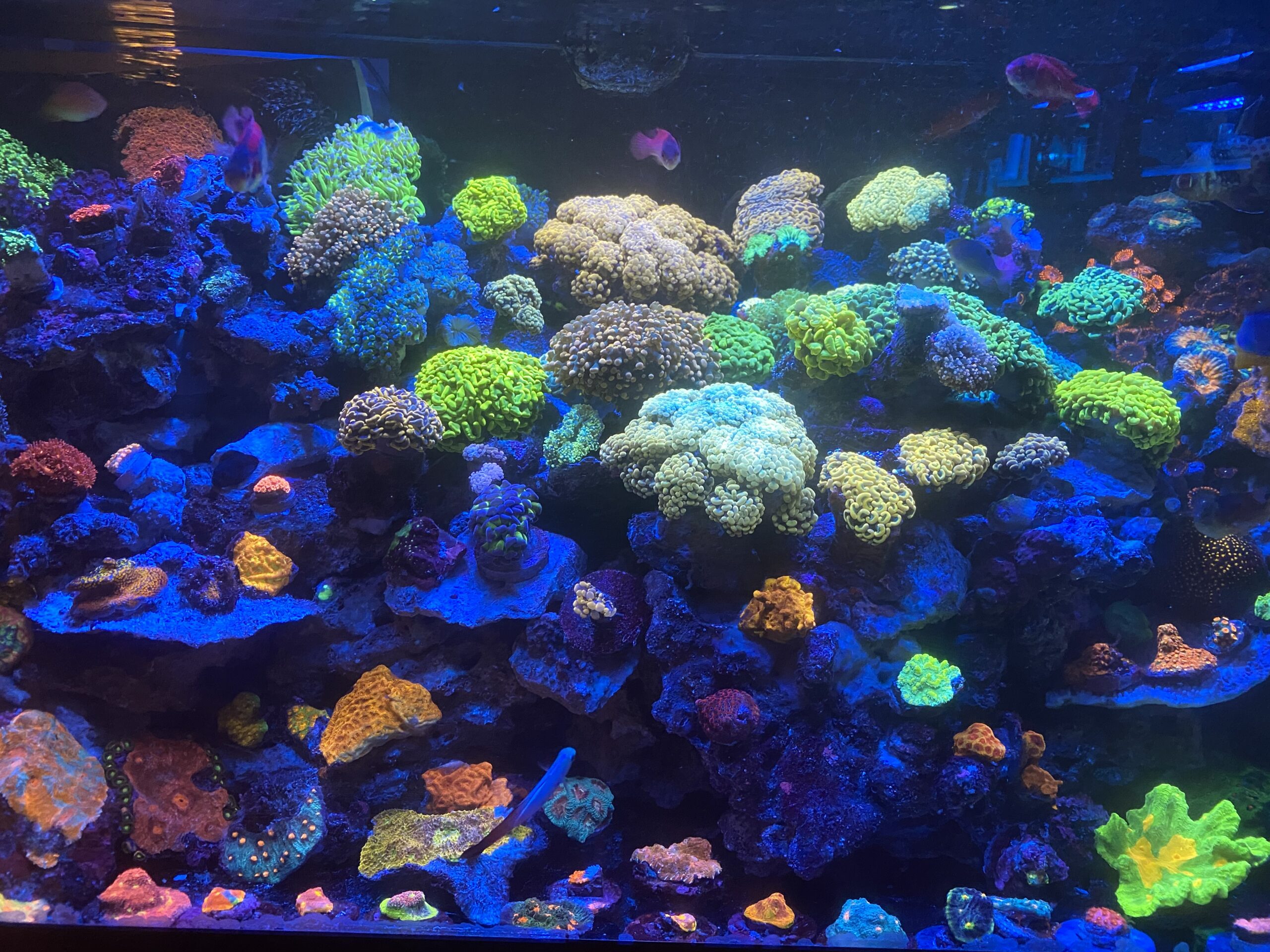
So why do I feel that this story is unfinished? It is unfinished as there is always still so much we need to learn. Coral diseases, coral nutrition, and understanding each coral’s microbiome are all still in their infancy in terms of what we know about them. Getting corals to spawn in our tanks is still a goal for many of us, as what we can learn and do to help save the reefs from warming and acidification. This is why this story is still far from complete and while those topics may seem to be too advanced for individuals starting in the hobby the reality is that once you are in the hobby for a while those kinds of topics become interesting to you and help keep you excited and motivated.
While this series may be over, I will still be regularly adding articles for newcomers from time to time as something interesting comes up along with regular articles for people who have been doing this for a while. If nothing else, hopefully, these articles provided enough of a base to give everyone a good start on what I believe is one of the most interesting and rewarding hobbies anyone can get involved with. I hope you have enjoyed them, and that they proved helpful. If there are topics that you would like me to write about or elaborate on please let me know via my Facebook page.

